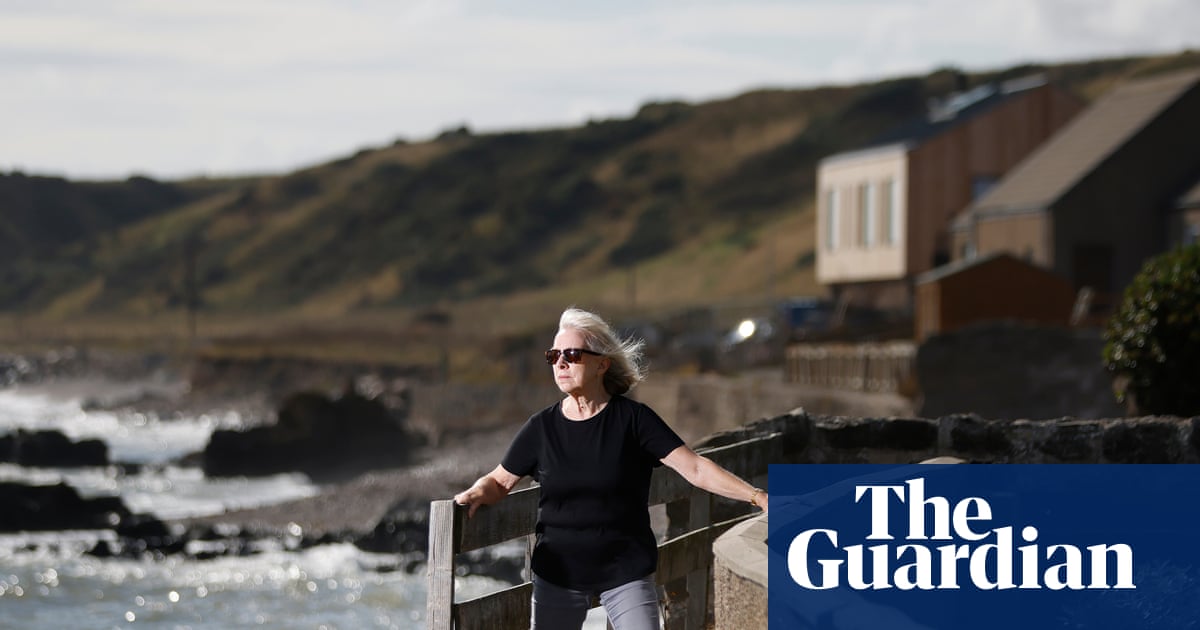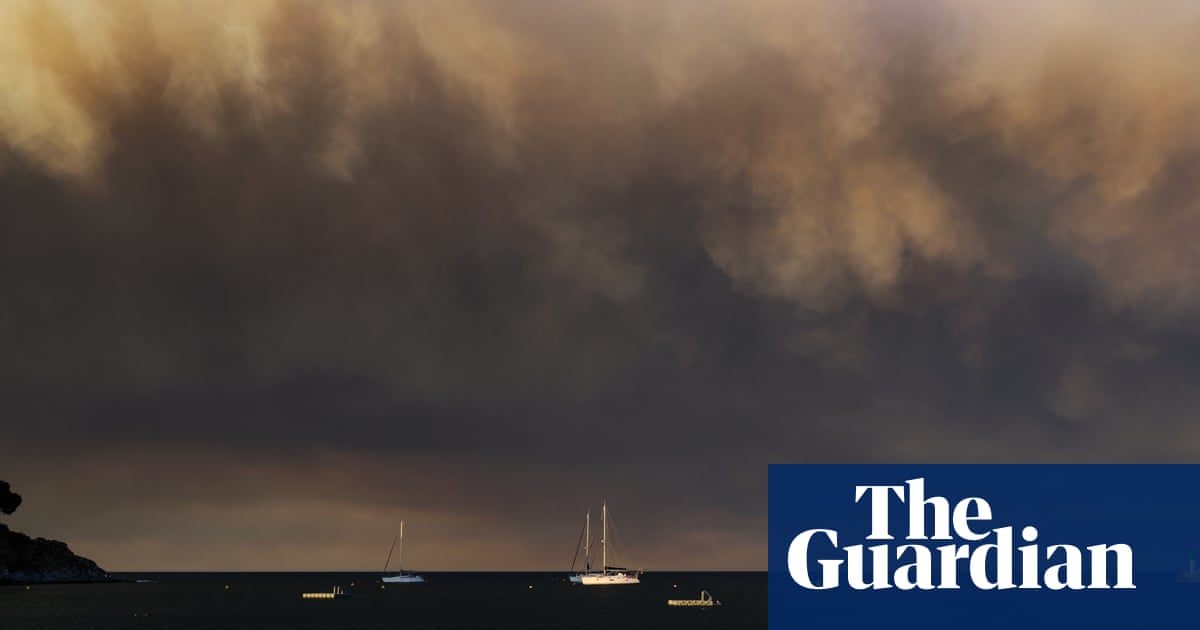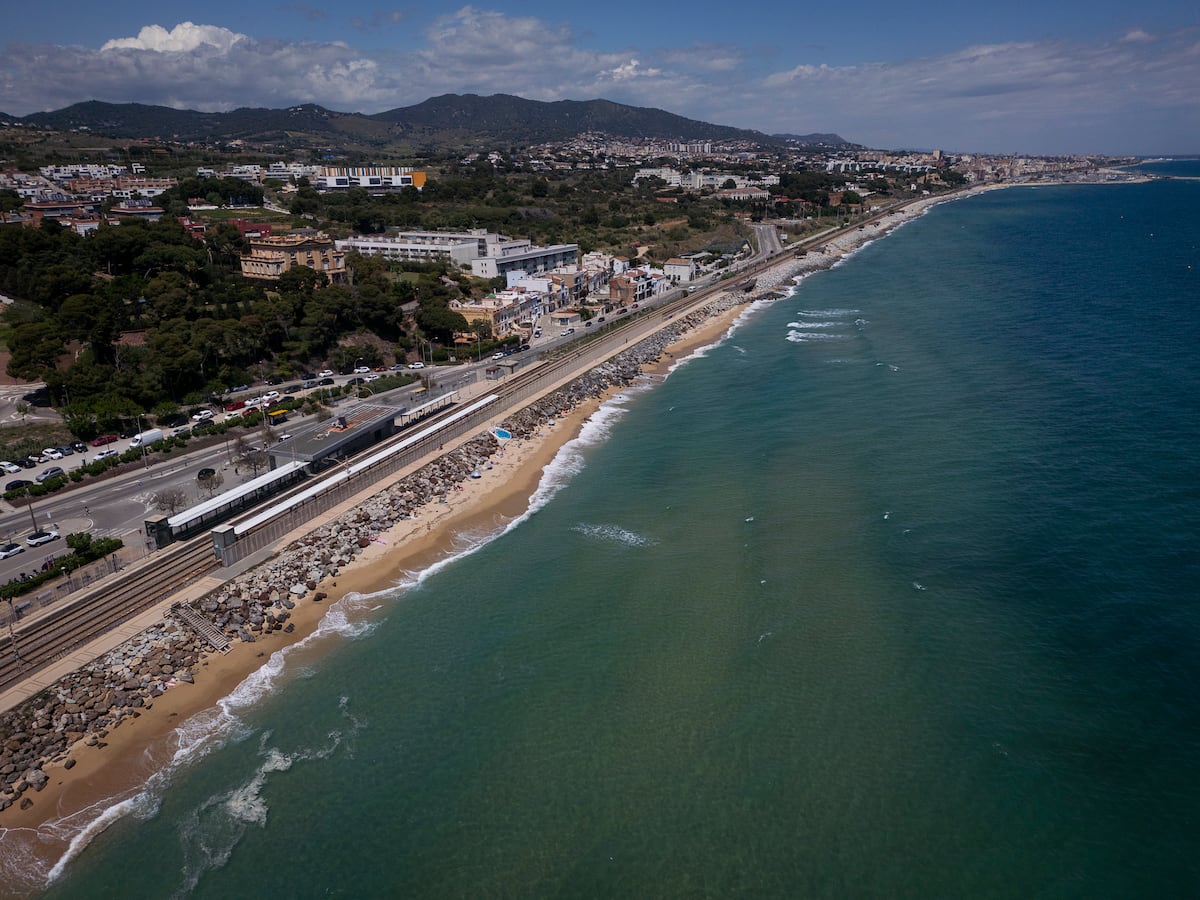fromMedievalists.net
2 weeks agoMedieval Castle of Old Wick Reopens to Visitors - Medievalists.net
The Castle of Old Wick in northern Scotland has reopened to the public following a round of high-level masonry inspections and minor repairs completed by Historic Environment Scotland (HES). In October, specialist conservation teams carried out tactile inspections of the medieval ruin, examining its stonework by hand while using ropes and scaffolding to safely access difficult areas. These checks form part of HES's nationwide High-Level Masonry Programme, launched in April 2022, which assesses historic structures with masonry over 1.5 metres.
History








